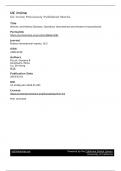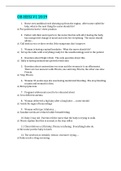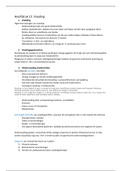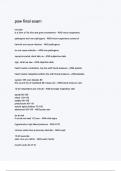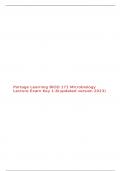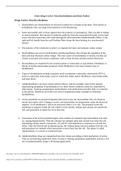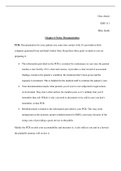Exam (elaborations)
UC Irvine
- Course
- Institution
Womenand Kidney Diseases: Questions Unanswered and Answers Unquestioned Giorgina B. Piccoli1,2, Mona Alrukhaimi3, Zhi-Hong Liu4, Elena Zakharova5,6,7 and Adeera Levin8; on behalf of the World Kidney Day Steering Committee9 1Department of Clinical and Biological Sciences, University of T...
[Show more]
